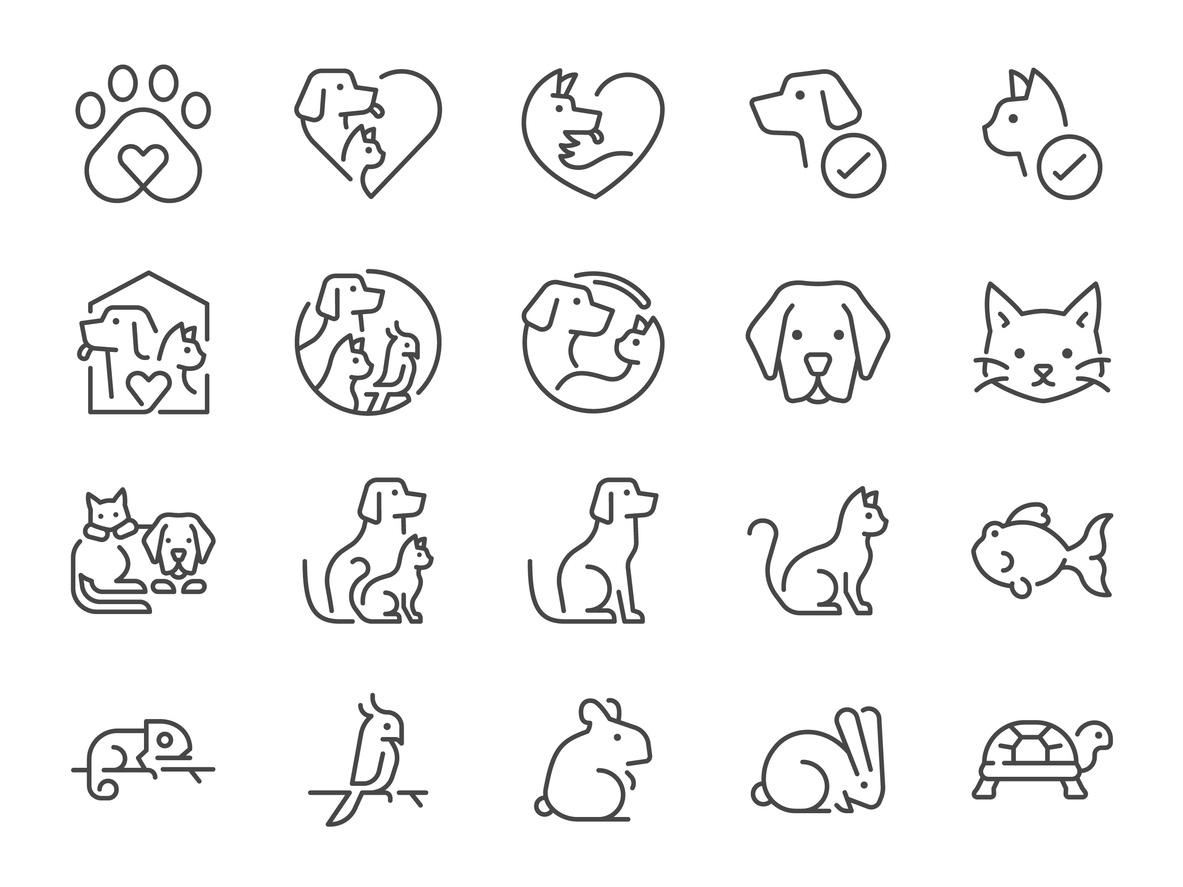Why pet parents love pet insurance
Author: Melissa Gutierrez
Original Article here.
One takeaway from the pandemic era is the realization that pets play a major role in our lives. Pets are treasured as family members, and pet parents have recognized the need to provide more than just everyday love and necessities.
Our animals deserve protection for daily care, accidents and serious illness, too. This turned out to be good news for pet health insurance companies, which have seen a surge in policies sold.
Veterinarian Jack L. Stephens, DVM, founder and former president of Pets Best Insurance, who created the pet insurance industry in the U.S. in 1981. His mission was to end euthanasia, which happened when pet owners couldn’t afford veterinary treatment for a sick or injured pet. Dr. Stephens went on to present the first U.S. pet insurance policy to the famous television dog, Lassie.
Since that first policy 40 years ago, a plethora of companies have come to market offering competitive rates to meet the expectations and needs of doting pet parents. Nevertheless, the percentage of pets covered stayed in low single digits for years, even with the rise of the human-animal bond movement responsible for people treating pets like family in the first place.
Pet health insurance trends
Fast forward to the end of the pandemic and the start of the Great Resignation. People left jobs in droves, looking for a better work-life balance. Millions in the workforce wanted to continue working from home to be around their pets. Others were enticed to jobs that allowed pets in the workplace and offered other great pet benefits.
Now, the job market has started to trend toward the Big Stay, or a phenomenon in which fewer employees are changing jobs. Meanwhile, employers are looking for ways to keep staff, and anything pet-related on offer remains a plus, especially pet health insurance.
The North American Pet Health Insurance Association (NAPHIA) is estimated to represent over 98% of all pet health insurance coverage in effect in North America. Their 2023 State of the Industry report indicates that currently there are 5.36 million pets insured and further breaks the numbers down by state. California takes the lead with 18.6% of pets and a GWP of 21%, followed by New York with significant drop to 7% and 8.4% GWP.
This report also highlights the biggest industry payout to date: $60,882 for a flat-coated retriever in New Hampshire suffering from pneumonia, followed by a claim in the amount of $40,057 paid out for Sphynx cat in New Jersey with a range of issues that included a Urethral obstruction/Cystotomy, a Renal abscess, a tail tip amputation, surgery for pyothorax, HCM pericarditis and anemia.
What pet parents want
Pets Best recently published an in-depth study, titled Pet Parenthood Today, which highlighted some key revelations as to why employees appreciated having their pet premiums paid by their employees as part of their benefits package.
The study revealed that pet insurance helped pet owners feel significantly less financial stress. Four out of five pet owners reported feeling some form of anxiety about pet care costs, regardless of whether or not they have pet insurance.
Pet owners with pet health insurance shared that while finances can be stressful, having policies for their pets in place helped them feel better equipped to manage things. People whose pets are insured felt less anxious about having to pay vet bills, which can be anywhere from $250 to over $1,000 per visit.
What’s next for pet health insurance
Pet insurance still has some room to grow when it comes to general awareness among American consumers. Targeted ads on streaming services like Hulu, social media platforms, and brochures on display in the vet’s office with a QR code for instant sign-up, are all options to make this happen. Pet owners also might be enticed by seamless digital insurance services and veterinary telehealth services.
It also makes sense for insurers to purchase pet health insurance advertising on websites where pet parents shop or even search for travel and leisure, as more and more travel services put out the welcome mat for pets.
Millennials and Gen Z collectively are the biggest group of pet owners and have been known to spend more on their pets than themselves. This group makes up the majority of the workforce. However, only 15% of organizations offer pet insurance benefits, according to the Society for Human Resource Management.
Advancing pet-insurance technology combined with diverse policy options to meet any pet parent’s budget and the growing demand to keep pets protected are all converging now. As a result, the pet insurance industry is primed to grow and thrive.



